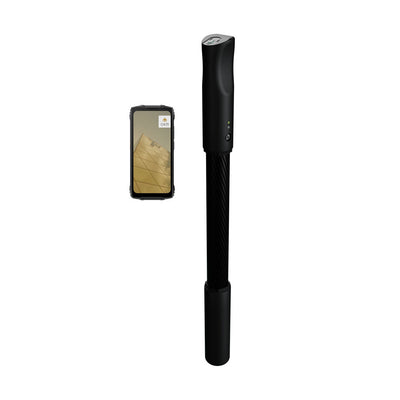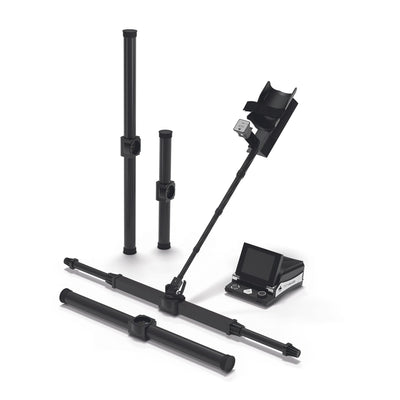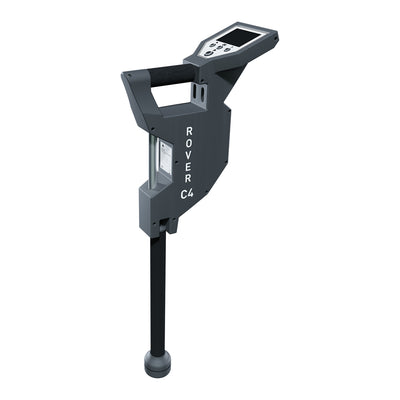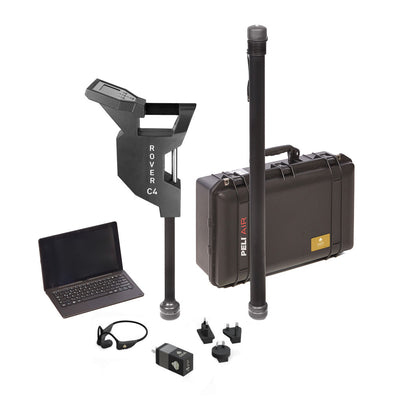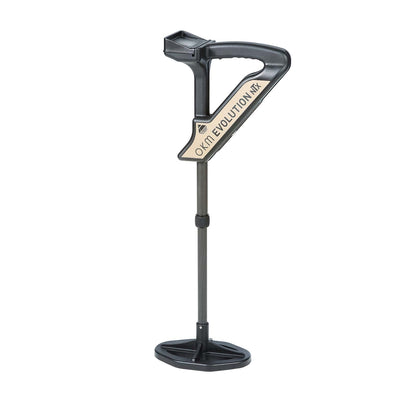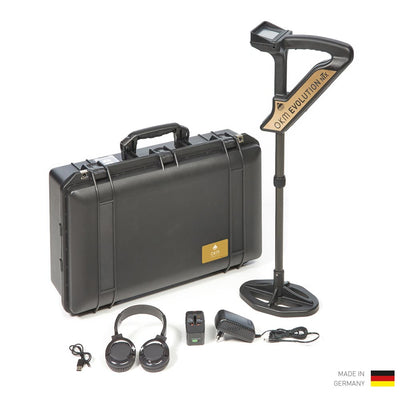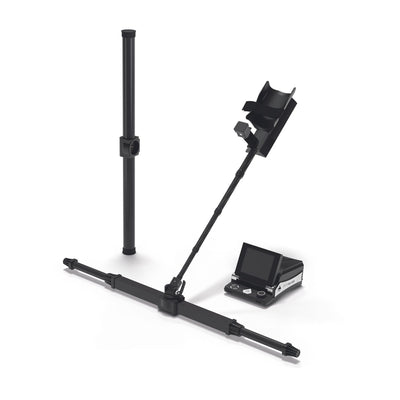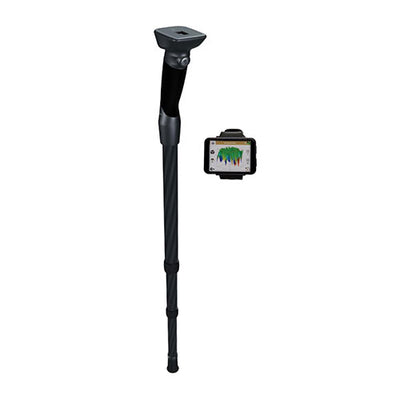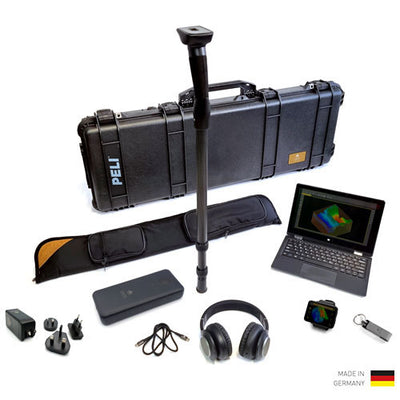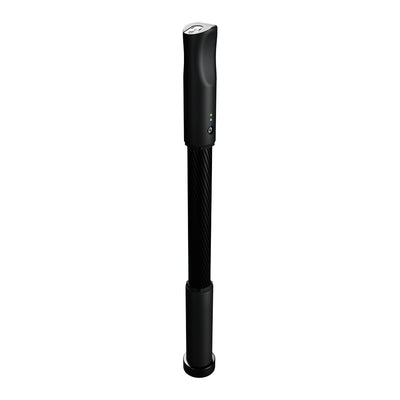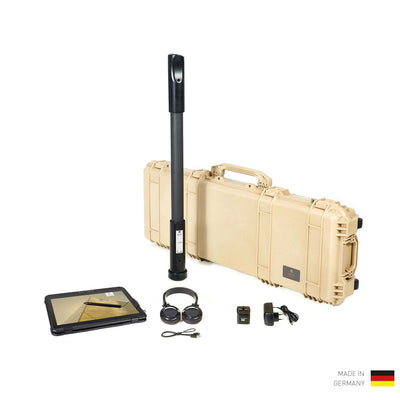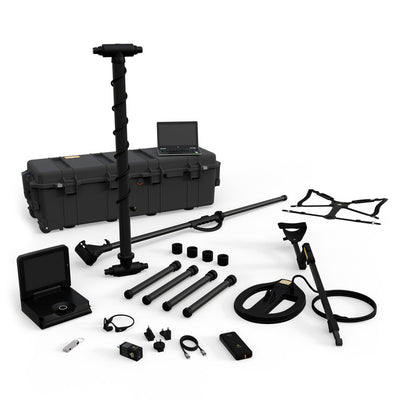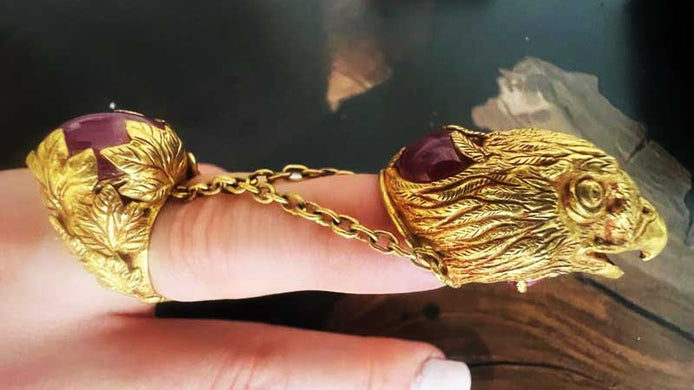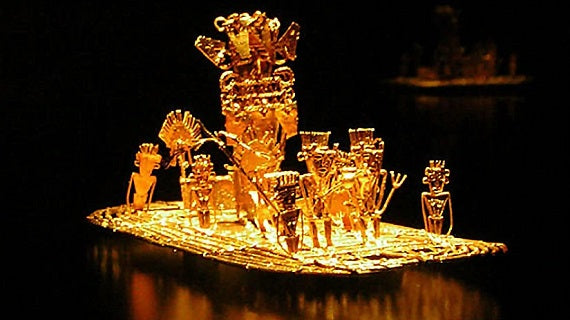El Dorado: The Quest for South America's Third Golden Empire
Shiny golden statues, precious emeralds and richly decorated jewelry deliberately sunk in the center of a lake? This observation must have upset the Spanish conquistadors and inspired other explorers in the following centuries to desperate, but also successful expeditions.
The Legend of El Dorado
The myth goes back to a ceremony of the Muisca, an indigenous people in South America, in which the leader was covered with gold dust. The gilded man (Spanish: "El Dorado") then sailed out onto the lake in a raft and sank gold and precious stones in its middle as offerings to the gods.
The Spanish explorers concluded from the seemingly lavish activity that there must be gold in abundance on this continent. This assumption was followed by numerous further conquistadors and adventurers from the 16th century onwards, who finally wanted to follow in the footsteps of the discoverers of the Incas and Aztecs, Francisco Pizarro and Hernán Cortés.

Source: Karelj, Public domain, via Wikimedia Commons
Source: Sailko, CC BY 3.0, via Wikimedia Commons
From the narratives about the gilded man and the treasures sunk in the lake, the legend of a golden city soon developed - and finally the myth of the third largest gold empire in South America: El Dorado.
Where is the golden empire of El Dorado?
Since the 15th century, many Europeans set out in search of the legendary gold empire in South America. The prospect of finding the golden treasures and bringing them to Europe led the adventurers and treasure hunters through primeval forests, steppes, swamps and over mountains. The German conquistadors Georg Hohermuth von Speyer and Philipp von Hutten set out on expeditions in northwestern South America. The desperate search for gold led them, together with the experienced Spanish scout Esteban Martín, first to Venezuela and then to the area of present-day Colombia.

It was found in a cave in Pasca, Colombia in 1856, together with many other gold objects. It is 19.5 cm long, 10.1 cm wide and 10.2 cm high. Dated between 1200 and 1500 BC. It is made of an alloy of gold (80%), silver and copper, by using the lost wax method. The cacique in the center is surrounded by attendants and oarsmen.
Source: Andrew Bertram, CC BY-SA 1.0, via Wikimedia Commons
Narratives from the indigenous population told of a rich people at the source of the Meta River. The expedition followed these clues and indeed found gold and fine silver in a nearby village. The trail of gold led them further into the high plains, for the precious metals were trade goods. Through their trade relations with tribes in the lowlands as well as with the Incas, the Muisca exchanged salt and woven cotton blankets and thus obtained gold, which they processed into artful figures.
Time and again, Hohermuth and von Hutten receive directions from the indigenous people to the coveted gold country in the mountains, but fail to find a pass through the Andes.
The greatest find to date was finally made by Gonzalo Jiménez de Quesada, who conquered the southern Muisca Empire in 1537. He captured about a ton of gold and some 1800 emeralds in what is now central Colombia and, with the support of Nikolaus Federmann, brought the region under European control - as the Spanish colony of "New Granada."
Later expeditions led along the river courses of the Amazon as well as the Orinoco to Brazil, southern Colombia and eastern Ecuador, among other places. The search for the legendary gold empire is not yet over.
The great gold treasures that, according to tradition, were sunk in the mountain lake Guatavita have not yet been confirmed. But in a cave near Bogotá, figures made of solid gold were found that depict the Muisca ceremony scene - proof of the myth's origin.
Team finds coin treasure and gold relics with OKM ground scanner Evolution.
اقرأ المزيد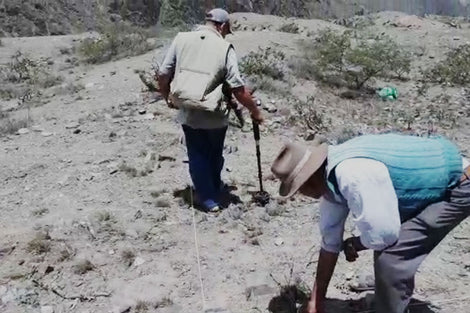
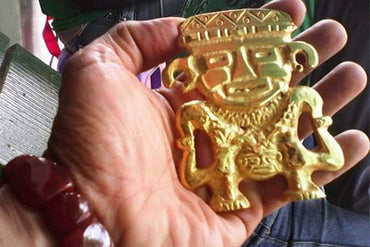
Desired treasures of South America
In the course of time, other treasures of South America were discovered:
- the silver veins in the highlands of today's Bolivia, such as the silver mountain near Potosí
- the gold veins in the northern Andes and in eastern Brazil
- the diamond deposits that have made Brazil the largest exporter of precious stones.
But even after several centuries of explorations, the great gold treasures from South America's third-largest gold empire have not been discovered yet. With the right clues and the appropriate treasure detectors and ground scanners, the search for the gold of El Dorado could continue in the twenty-first century.
